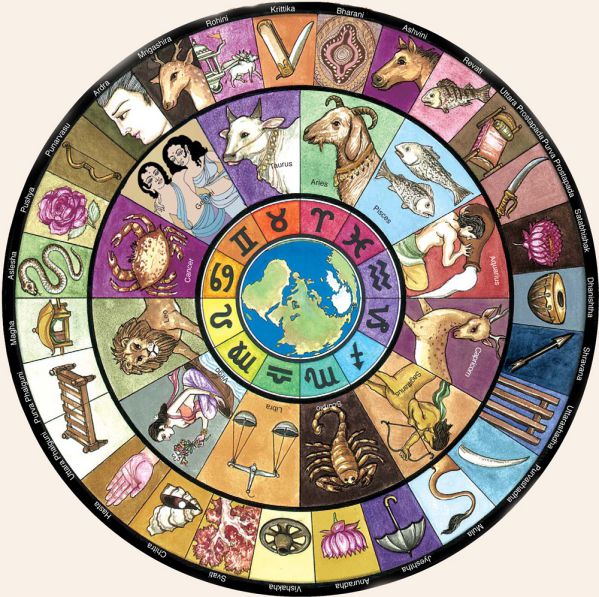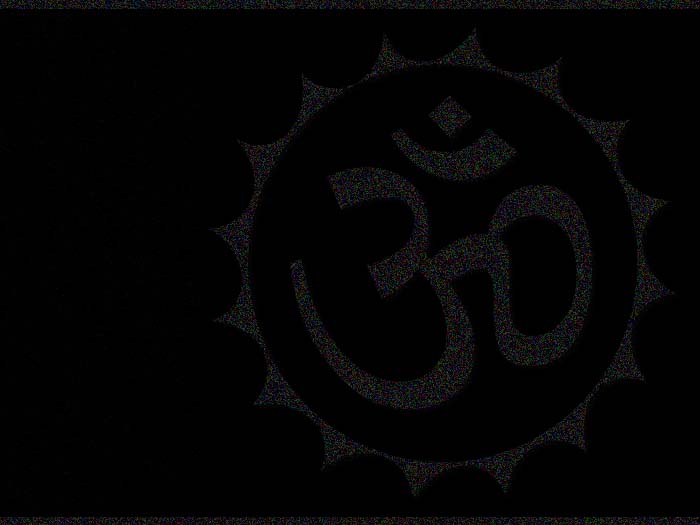No products in the cart.
One might wonder what difference a day is going to make in this mighty ocean of time. Why should we document every day to the minute. If our ancestors had thought that way today we would know nothing about history. All over the world the Gregorian calendar is followed but, the Indian civilization has always been a step ahead of other civilizations. We ourselves have formulated a calendar that is used in most Indian homes today. Up north it is popularly known as the Vikram Samvat calendar.
According to this calendar, the New Year begins in the first day after the Amavasi (No moon) in the month of Chaitra. The current year is known as Keelak Samvatsar. This tradition is followed across several Asian countries such as Nepal, Sri Lanka, Thailand, Cambodia and also in several states down south such as Tamilnadu.
The Vikrama Samvat is said to have been founded by the emperor Vikramaditya of Ujjain after his victory over the Sakas, It is a lunar calendar based on ancient Hindu tradition The Vikram Samvat calendar is 56.7 years ahead of the solar Gregorian calendar. For example, the year 2056 began in 1999 and ended in 2000. The current year is 2071. The New Year begins in the month of kartik. The first day of kartik month that follows diwali.
Saka samvat is believed to be based on the celebration that took place at a time of crowning shalivahan king in 78 AD. The first month of this calendar is in March-April, to be precise the year starts with gudi padao which is the setting in of the spring season. A slightly modified saka calendar is now officially used as the civil calendar in India. Its year zero begins near the vernal equinox of the year 78 AD. Thus by adding 89 to the current year we get the Christian year. The saka samwat is 135 years younger than the vikram samwat. There has always been a great conflict among the Hindu society on which calendar to follow.
The Hindu calendar has been in existence since times ancient. Early man was fascinated by the concept of time. It is amazing to know they documented time to very small details. The Hindu calendar is based on the age of Brahma, the creator of the world. The age of Brahma right now is 51 years. His entire life span is about 100 years. Each day of Brahma is designated by a kalpa. Each kalpa comprises of 14 manus and each manu consists of 71 mahayuga. 100 such mahayugas complete brahma’s one day. At present we are in the 28th mahayuga.
A mahayuga comprises of kaliyuga, tretayuga, dwaparayuga and krutayuga. The kaliyug started in 3102 BC and is going on till now.
Following is the number of years constituted by each Yuga
| Name of the Yuga | Number of calendar years |
| Kretha Yuga | 17,28,000 |
| Thretha Yuga | 12,96,000 |
| Dwapara Yuga | 8,64,000 |
| Kali Yuga | 4,32,000 |
All religious rituals are based on the lunar calendar. Each month has 30 or 31 days. There are two fortnights called paksha. Shukla paksha ends with poornima (full moon) and the krushna paksha ends with the amavasya. In some regions of India, the month starts with krushna paksha following poornima, but for most regions of the country, the month starts with shukla paksha following amavasya.
The twelve months of the lunar year make up the six seasons (rutu).
The solar calendar begins with the vernal equinox or on March 21st. there are twelve months which signify the sun entering the 12 rashis.
The twelve rashis:-
- Maysha- the ram
- Vrushabha- the bull
- Mithuna-the twins
- Karka- the crab
- Simha- the lion
- Kanya-the maiden
- Tula- the scales
- Vrushchika-the scorpion
- Dhanu-the bow
- Makar-the crab
- Kumbha-the pot
- Meena-the fish
All these calendars are based on the relative position of the earth ‘s rotation with respect to celestial bodies such as moon and stars. The names of the 12 months remain standard throughout all calendars though the pronunciation may vary from one to another. The days of the week are called as Ravi, soma, mangal, budha, guru, sukra, sani. These are known as vara or vaar. The other important component of Hindu calendar is naksatra, which refers to the moon cycle. A year is divided into 27 naksatras based on the duration of the moon cycle which is 27 days and 7¾ hours, the fractional part being compensated by an intercalary 28th nakṣatra titled Abhijit

| No | English Name | Devanagari Name | Tamil Name | Malayalam Name |
| 1. | Ashvini/Aswini | अश्विनी | Aswini | Aswathi |
| 2. | Bharani | भरणी | Bharani | Bharani |
| 3. | Krittika/Krithika | कृत्तिका | Karthigai | Kaarthika |
| 4. | Rohini | रोहिणी | Rohini | Rohini |
| 5. | Mrigashirsha | मृगशीर्ष | Mrigasheersham | Makeeryam |
| 6. | Ardra | आर्द्रा | Thiruvaathirai | Thiruvaathira |
| 7. | Punarvasu | पुनर्वसु | Punarpoosam | Punartham |
| 8. | Pushya | पुष्य | Poosam | Pooyyam |
| 9. | Ashlesha | आश्ळेषा/आश्लेषा | Aayilyam | Aayilyam |
| 10. | Magha | मघा | Makam | Makham |
| 11. | Purva Phalguni | पूर्व फाल्गुनी | Pooram | Pooram |
| 12. | Uttara Phalguni | उत्तर फाल्गुनी | Uthiram | Uthram |
| 13. | Hasta | हस्त | Hastham | Atham |
| 14. | Chitra | चित्रा | Chithirai | Chitra |
| 15. | Swati | स्वाति | Swaathi | Chothi |
| 16. | Vishakha | विशाखा | Visaakam | Visaakam |
| 17. | Anuradha | अनुराधा | Anusham | Anizham |
| 18. | Jyeshtha | ज्येष्ठा | Kettai | Thrikketta |
| 19. | Mula | मूल | Moolam | Moolam |
| 20. | Purva Ashadha | पूर्वाषाढा | Pooraadam | Pooraadam |
| 21. | Uttara Ashadha | उत्तराषाढा | Uthiraadam | Uthraadam |
| 22. | Shravana | श्रवण | Thiruvonam | Thiruvonam |
| 23. | Dhanishtha | श्रविष्ठा/धनिष्ठा | Avittam | Avittam |
| 24. | Shatabhisha | शतभिषक्/शततारका | Chathayam/Sadayam | Chathayam |
| 25. | Purva Bhadrapada | पूर्वभाद्रपदा/पूर्वप्रोष्ठपदा | Poorattathi | Poorattadhi |
| 26. | Uttara Bhadrapada | उत्तरभाद्रपदा/उत्तरप्रोष्ठपदा | Uthirattathi | Uthrattathi |
| 27. | Revati | रेवती | Revathi | Revathi |
These are the 27 nakshatras. These nakshatras determine our fate and destiny .the position of planets at the time of birth is calculated to understand one’s future prospects better.
These are the name of the months in the Hindu lunar calendar:-
- Chaitra (चैत्र, चैत)
- Vaishākh (वैशाख, बैसाख)
- Jyaishtha (ज्येष्ठ, जेठ)
- Āshādha (आषाढ, आषाढ़)
- Shrāvana (श्रावण, सावन)
- Bhaadra or, Bhādrapad (भाद्रपद, भादो)
- Āshwin (आश्विन)
- Kārtik (कार्तिक)
- Agrahayana or, Mārgashīrsha (मार्गशीर्ष, अगहन)
- Paush (पौष)
- Māgh (माघ)
- Phālgun(फाल्गुन)
In most cultures of India, chaitra is considered to be the first day of the year. Even in Tamil culture chitirai thirunal is celebrated with great pomp and fervor. All regions of India have their own modified versions of the Hindu calendar. This is because each ethnic group has their own set of traditions and festive days.






